As a leader, your behaviour and decisions affect your team more than you might realise. A recent study found that for almost 70% of people, their manager has the same impact on their mental health as their partner.
This finding highlights how important self-awareness is. Without understanding how we influence others, we risk unintentionally having a negative impact. Conversely, by tuning into our own needs and responding effectively to our environment, we can have a huge, positive influence on those around us.
Developing self-awareness is not just about understanding how you affect others; it’s also essential for managing your own wellbeing. When you have a clear sense of your strengths, challenges, and emotional triggers, you can better navigate life's ups and downs. This self-knowledge helps you make more informed decisions, create healthy boundaries, and seek help when needed.
By being attuned to your own needs, you’re better equipped to manage stress and prevent burnout, ultimately leading to a more sustainable and fulfilling leadership journey.
So let's get into it! Here’s how you can harness self-awareness to elevate your leadership, manage your capacity, and make a meaningful impact:
1. Know thyself
At its core, self-awareness begins with understanding who you are. Reflect on your strengths and weaknesses, your values, and how they influence your behaviour. Self-awareness can be like an iceberg (see the diagram below). What's above the line is what everyone can see. What's below the line is what they can't see. Get to know what’s above and below the waterline for you.
Tips for action:
Want to read more?
Sign in below if you're a Revolutionary (member).
Not a member yet?
Join in seconds! Just $10/month (+ any tax).
Cancel anytime.
Be a revolutionary and join now










